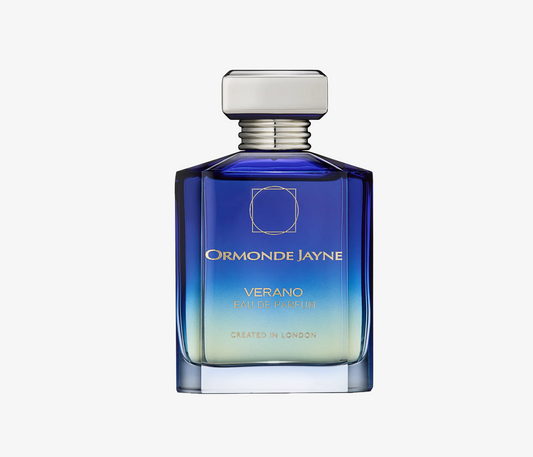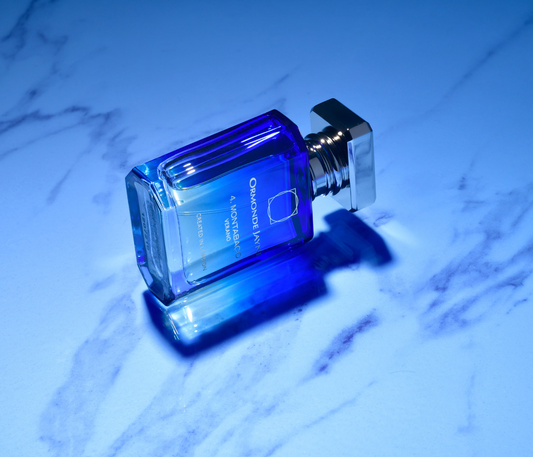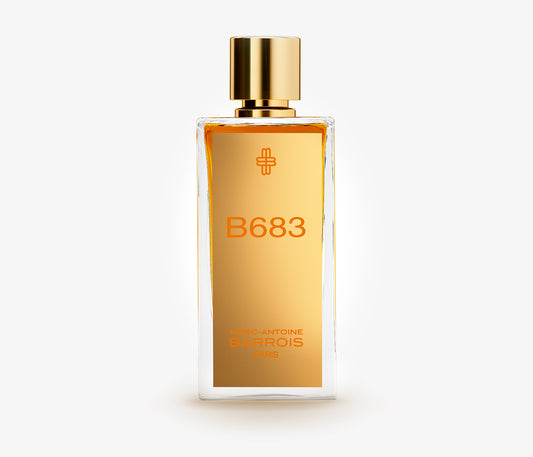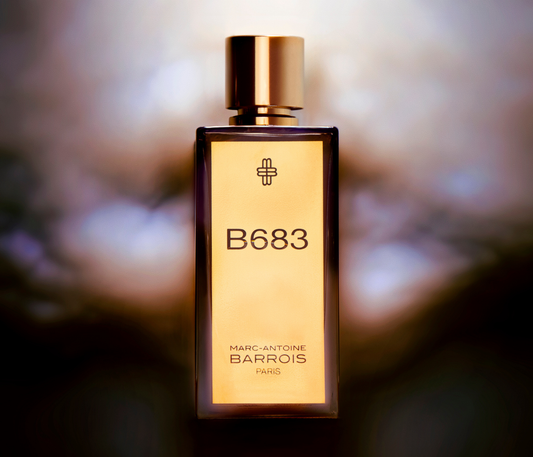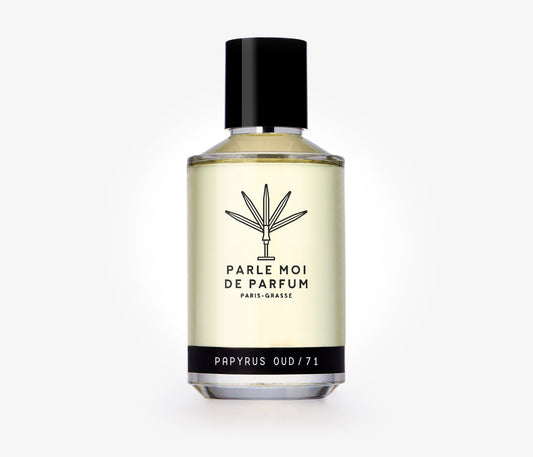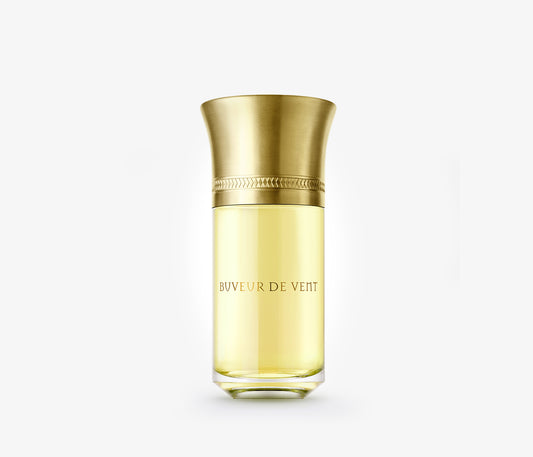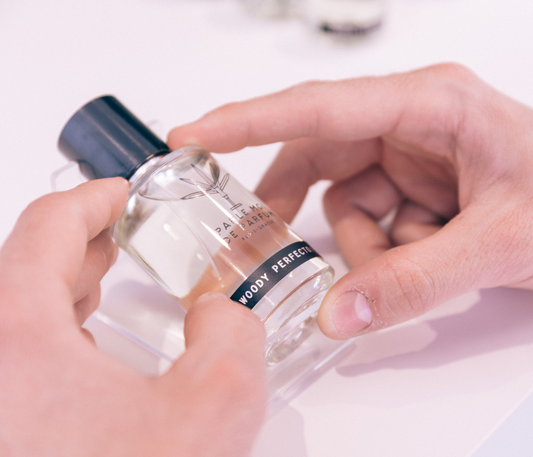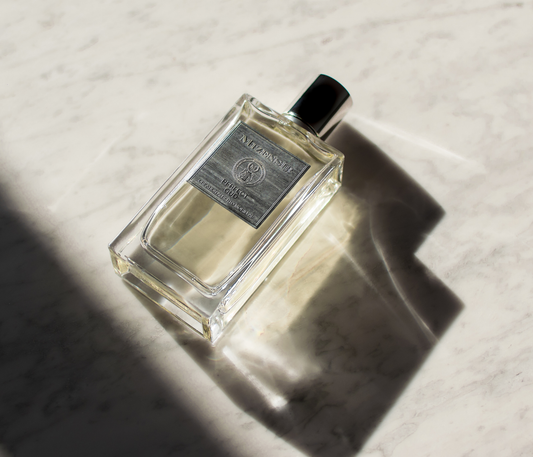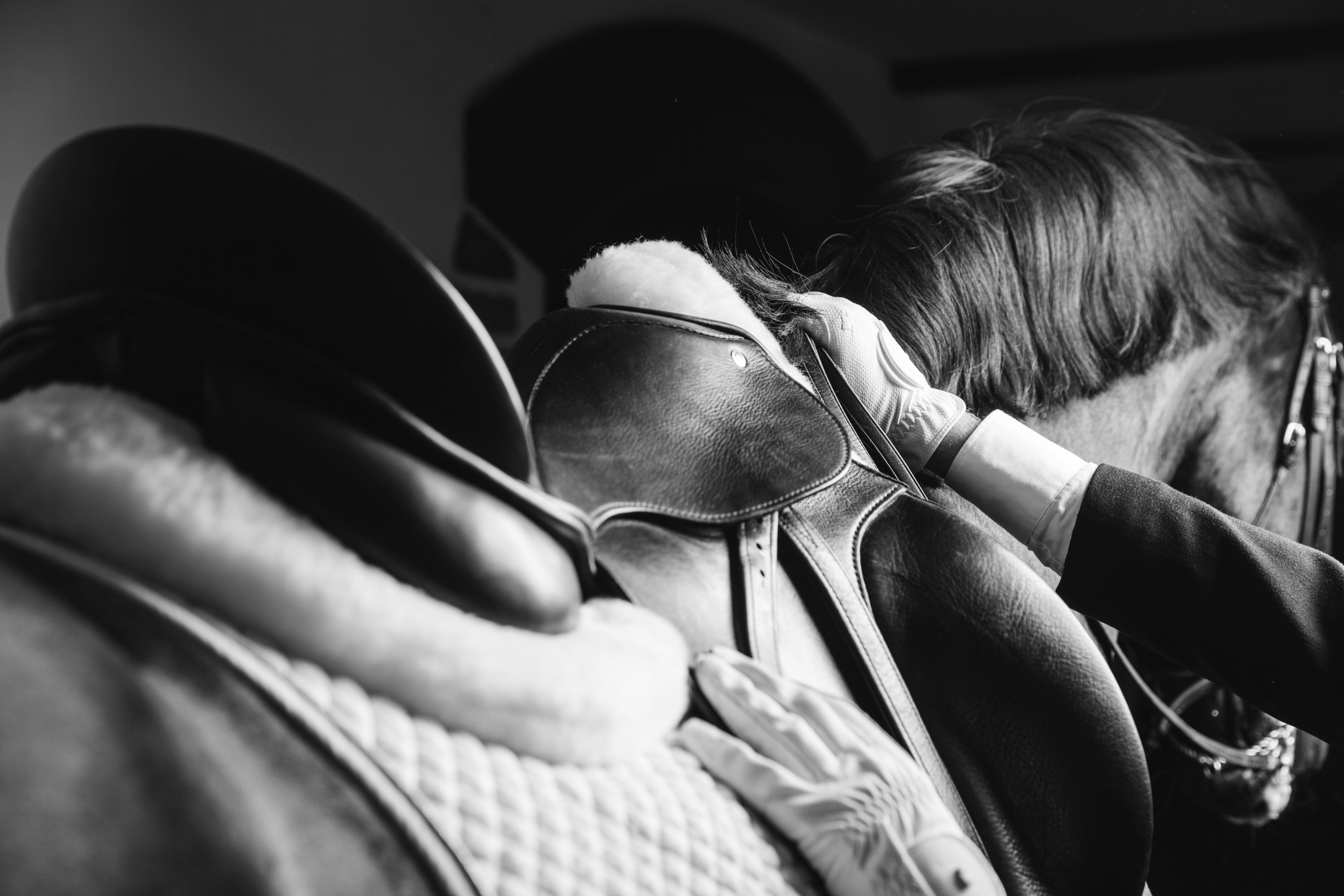
Collection: Leather
Leather fragrances are sophisticated and varied, offering polished, smoky, supple, or suede-like accords. Historically, leather was perfumed to mask its repellent smell from traditional tanning processes, linking leatherwork closely with perfumery. This connection led to the creation of leather scents as a distinct accord in modern perfumery, starting with iconic leather fragrances from the 1890s. Notable examples include Knize Ten (1921) and Caron's En Avion (1932). Today, these scents range from succulent and floral to smoky and assertive, providing a kaleidoscope of moods for discerning perfume lovers.
-
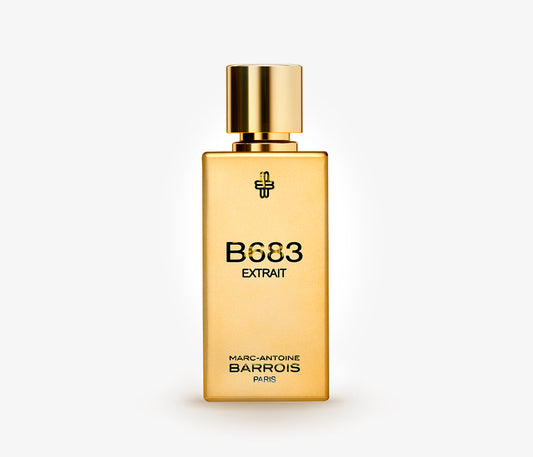
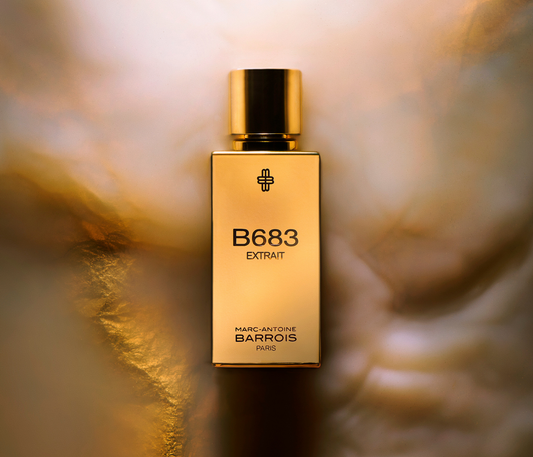 Gift with Purchase
Gift with PurchaseB683 Extrait
Regular price From £270.00 GBPRegular priceUnit price / per -
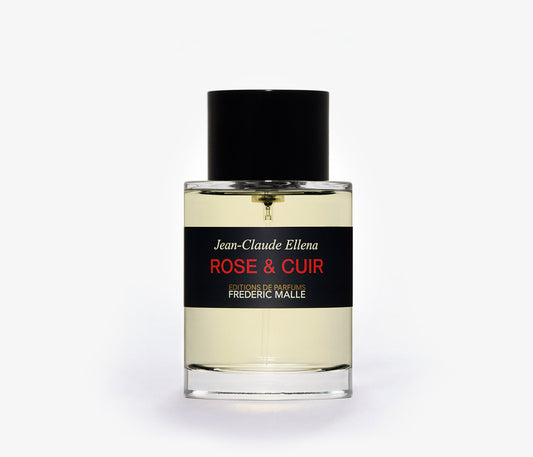
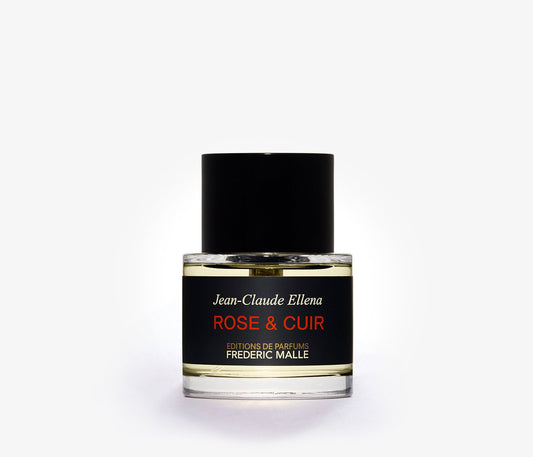
Rose and Cuir
Regular price From £148.00 GBPRegular priceUnit price / per£185.00 GBPSale price From £148.00 GBPWinter Event -
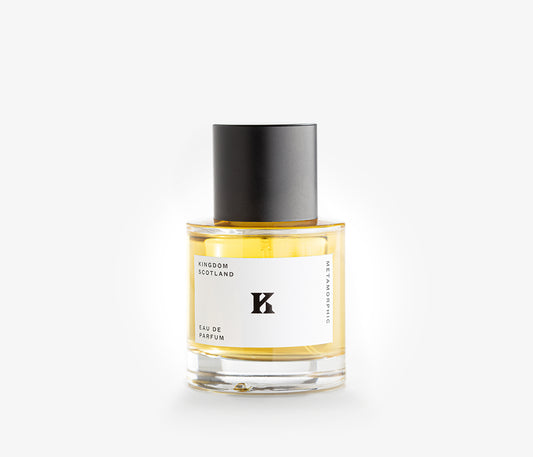 Exclusive
ExclusiveMetamorphic
Regular price From £140.00 GBPRegular priceUnit price / per -
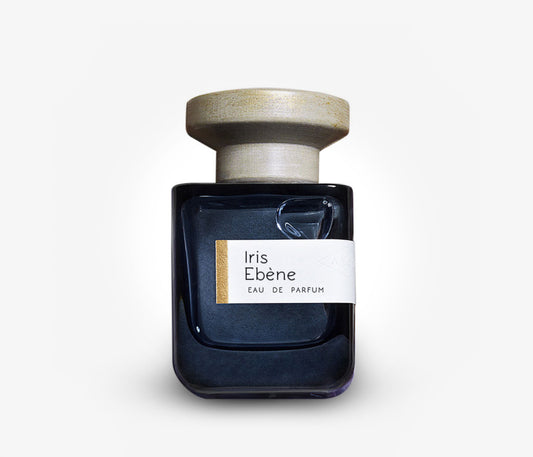
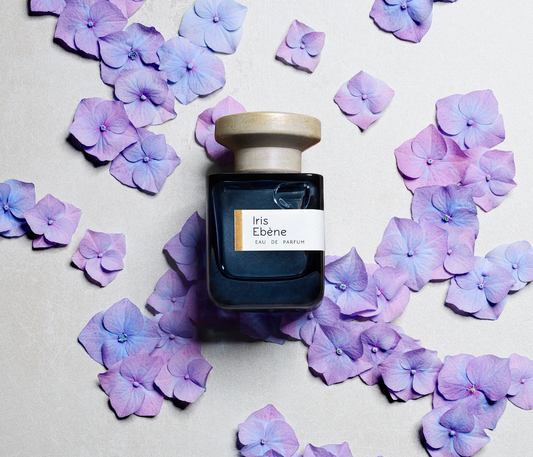 Gift with Purchase
Gift with PurchaseIris Ebène
Regular price From £230.00 GBPRegular priceUnit price / per -
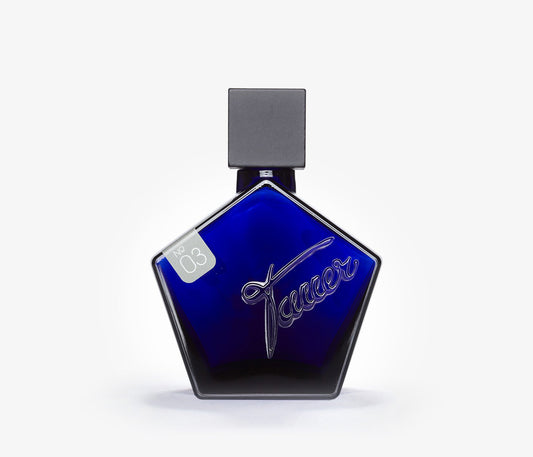 Exclusive
Exclusive03 Lonestar Memories
Regular price From £119.00 GBPRegular priceUnit price / per -
Antique Library Candle
Regular price £45.00 GBPRegular priceUnit price / per -

Rien Intense Incense
Regular price From £112.50 GBPRegular priceUnit price / per£150.00 GBPSale price From £112.50 GBPWinter Event -

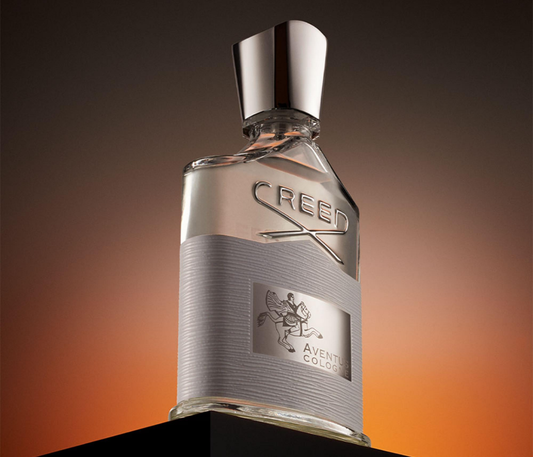
Aventus Cologne
Regular price From £175.50 GBPRegular priceUnit price / per£195.00 GBPSale price From £175.50 GBPWinter Event -
Papyrus Oud / 71
Regular price From £140.00 GBPRegular priceUnit price / per -
Buveur de Vent
Regular price From £180.00 GBPRegular priceUnit price / per -
Woody Perfecto / 107
Regular price From £140.00 GBPRegular priceUnit price / per -
Perfect Oud
Regular price From £200.00 GBPRegular priceUnit price / per -
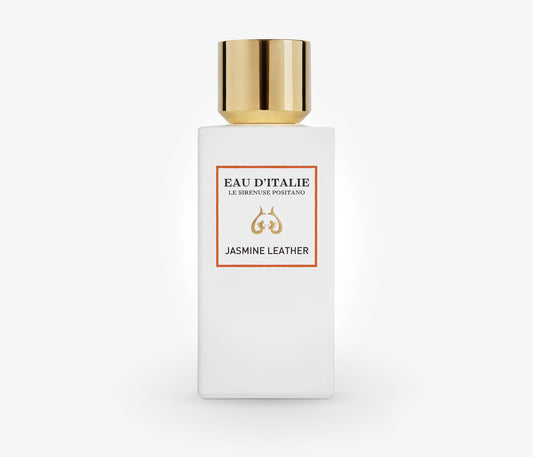
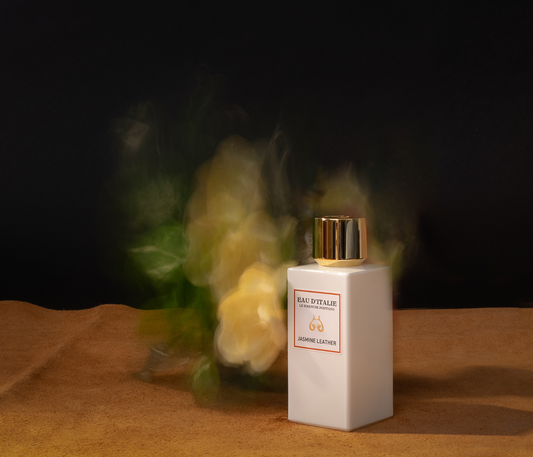 Exclusive
ExclusiveJasmine Leather
Regular price From £150.00 GBPRegular priceUnit price / per -

Atelier Materi Discovery Set
Regular price £30.00 GBPRegular priceUnit price / per
